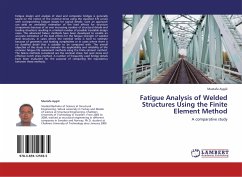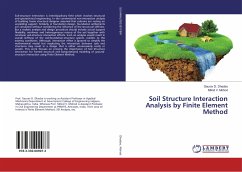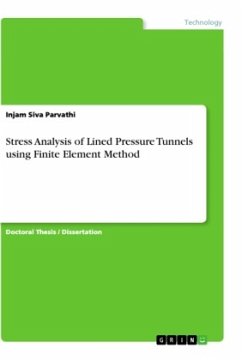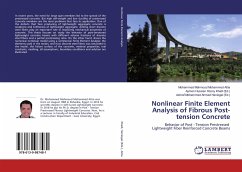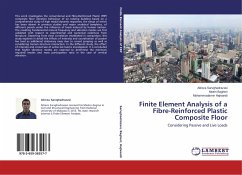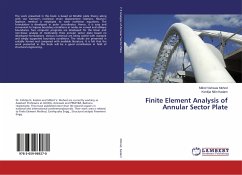Fatigue design and analysis of steel and composite bridges is generally based on the notion of the nominal stress using the classified S-N curves with corresponding fatigue classes for typical details. Such an approach can yield an unrealistic estimation of the load effects for structure components because of an ever increasing number of structural details and loading situations resulting in a limited number of possible treatable design cases. The advanced failure methods have been developed to enable an accurate estimation of the load effects for the fatigue strength of welded steel structures, in cases where the nominal stress is hard to estimate because of geometric and loading complexities or in cases where there is no classified detail that is suitable to be compared with. The overall objective of this study is to evaluate the applicability and reliability of the common fatigue life assessment methods using the finite element method. The failure methods considered are the nominal stress, hot spot stress and effective notch stress method. A number of frequently used bridge details have been evaluated for the purpose of comparing the equivalency between these methods.
Bitte wählen Sie Ihr Anliegen aus.
Rechnungen
Retourenschein anfordern
Bestellstatus
Storno

